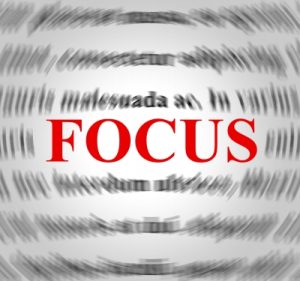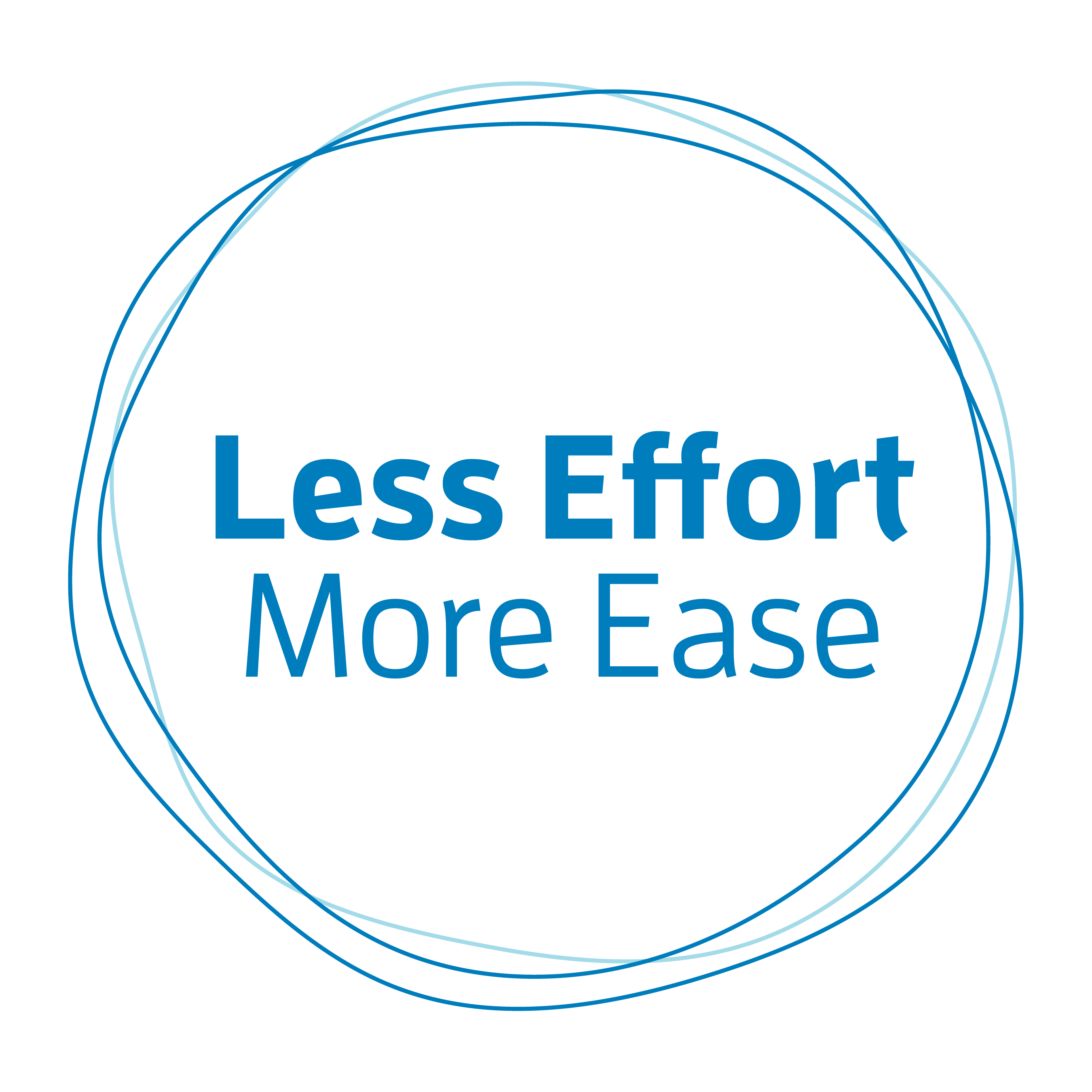A lot of my students work at a computer all day. You may as well. Taking care of yourself at the computer isn’t just about skillfully sitting at your desk. It also involves consistently taking small breaks.
There are two types of breaks I find useful—Movement Breaks and Awareness Breaks.
Movement Breaks are breaks when you move away from your desk and do something else with your body for a few moments. Walk around, stretch, wiggle. It doesn’t matter what you do. Just do something that you like to do. Your body is designed to move, not be in one position all day long. Let it do so from time to time.
Awareness Breaks are breaks when you expand your awareness while still at your desk to take in more than the computer screen. It is very easy as you work in front of a screen to slowly block out everything else but the center of the screen. As you focus more, your spatial awareness narrows. This can cause you to physically narrow and tighten as well. Our bodies tend to follow our attention. And our attention is typically focused on what we are looking at. Before you know it, you are practically in a fetal position over your computer. Sound familiar?
There are two types of Awareness Breaks I like to do:
1) Spatial Awareness Break
This break is often suggested by eye doctors to prevent eye strain. When you are working at a computer or reading a book for that matter (any time your eyes are focused at a fixed distance for a long time) periodically look out across the room.
If you have a window look out the window. This causes your eyes to focus on things further away from the computer screen for a few seconds, which is good for your eyes.
Try the following experiment:
- Focus on the image below for about 15 seconds.
- Notice how your body feels and notice how free or restricted your breathing is.
- Then for 15 seconds look out across the room; if you have a window, look out the window.
- Notice how your body feels and notice how free or restricted your breathing is.

Just the act of looking out away from the screen causes your spatial awareness to open and include the space you are in. As you are aware of the larger space you may find your body wanting to open out of that fetal position as well, even just a little bit. And take up a little more of that space! And as a result, breathing may be freer and easier.
As you bring your attention back to your computer, see if just for a bit you can keep a little of that sense of the larger space you are in as you go about your work.
2) Body Breath Break
This break involves you closing your eyes for a few moments. We rely on our sense of sight so much it is nice to give it a break, even if it is just for 10 or 20 seconds.
Sit comfortably resting against the back of your chair and close your eyes. Notice how your feet contact the floor and your thighs, buttocks and back contact the chair. If you have armrests, notice how your arms and hands contact the armrests. The floor and the chair are your external support. Support allows for release (not collapse), meaning that you do not have to hold up your feet, legs, back, or arms. Allow yourself to be supported and be aware of your whole body.
Next notice where you feel your torso moving as you breathe. Do you sense movement in your chest? Your belly? Your sides? Your back? You do not have to breathe in any certain way, just make sure you are not holding your breath—and enjoy the three-dimensional movement of your torso as you breathe.
Slowly open your eyes. As you bring your attention back to the computer, see if just for a bit you can keep some of your awareness of your body contacting the chair and the floor and of the movement of your breath in your torso as you go about your work.
If you currently don’t take any breaks and want to start, start out in a reasonable way. Ask yourself what you would be willing to do and start with that.
For example, maybe start with a Movement Break once every hour. And after that begins to become a habit and easy to do, try adding one of the Awareness Breaks on the ½ hour.
As taking breaks becomes more of a routine for you, you may find yourself wanting to do it more and more. Now that wouldn’t be a bad habit to get into!
Image of man working on laptop: pathdoc/Shutterstock; FOCUS illustration courtesy of Stuart Miles at FreeDigitalPhotos.net




